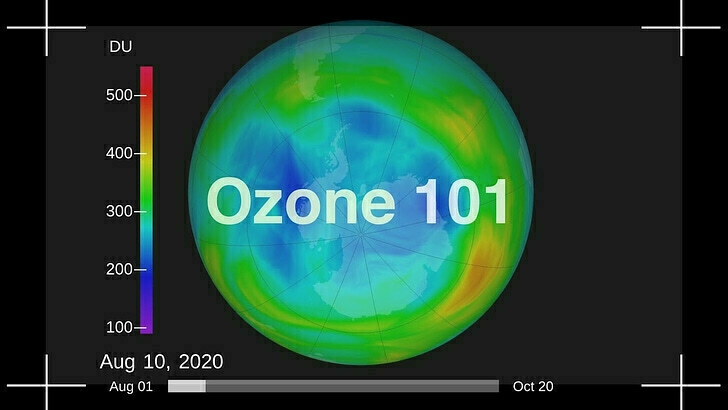What we can learn about the climate emergency from the world's response to ozone depletion in the 1980s
This article by Andrew Dessler discusses the near-miss catastrophe of ozone depletion. Anyone alive at the time can probably remember how the world came together to address the issue by phasing out chlorofluorocarbons (CFCs) through the Montreal Protocol in 1987.
Dessler draws parallels with the current climate crisis, arguing that global policy collaboration based on scientific research can solve pressing environmental issues. Along the way, he also debunks claims that transitioning to renewable energy would be economically catastrophic.

In the early 1970s, scientists theorized that certain man-made chemicals, known as chlorofluorocarbons or CFCs, had the potential to reduce the amount of ozone in our atmosphere — this became known as ozone depletion. Given the crucial role of ozone in maintaining a livable environment, this caused great concern.Source: Ozone depletion: The bullet that missed |Andrew DesslerEven before evidence of actual ozone depletion was observed, countries began to take action. For example, the U.S. banned many non-essential uses of the chemicals, such as propellants in aerosol spray cans. This reflected a different view at the time that government should protect its citizens rather than protect the profits of corporations.
By the mid-1980s, the world was busy negotiating the phase-out of the primary ozone-depleting CFCs when the Antarctic ozone hole (AOH) was discovered. The AOH is an annual event: over Antarctica, the majority of the ozone is destroyed during Spring. The ozone builds back up as Spring ends and, by Summer, things are basically back to normal.
[…]
The ‘reference’ future is our world, the ‘world avoided’ is the world that would have existed had we not phased out CFCs. By the 2060s, the world would have lost two-thirds of it’s ozone. This, in turn, would have greatly increased the dangerous ultraviolet radiation reaching the surface. This plot shows the UV dose at noon under clear skies in July in mid-latitudes.
Today’s value of 10 is ‘high risk’ for UV exposure, which is why public health professionals tell you to wear sunscreen when you go out. The world avoided has a UV index of 30 — three times what is considered high risk and high enough to give you a perceptible sunburn in 5 minutes.